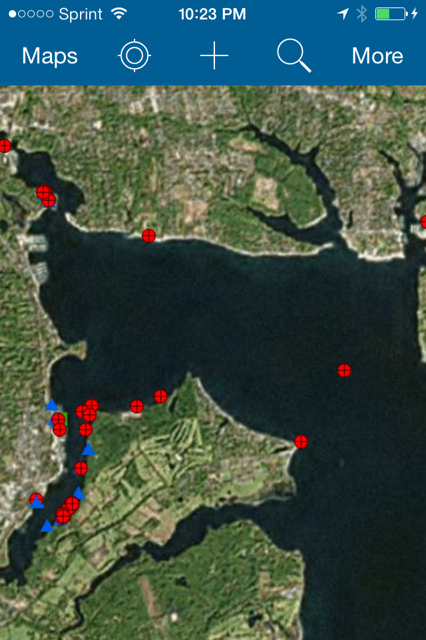
RI Coastal Resources Management Council
...to preserve, protect, develop, and restore coastal resources for all Rhode Islanders

...to preserve, protect, develop, and restore coastal resources for all Rhode Islanders
Call for Volunteers – RI Jellyfish Monitoring Program
A group of Brown University researchers is seeking volunteers, living along or near Greenwich Bay, to report their observations of gelatinous plankton or jellyfish on a biweekly basis this winter. The group is field-testing a free, crowd-sourced, GIS-based smartphone and tablet application that allows users to report their observations of eight different species of “jellies” that commonly occur in RI waters. Aside from sometimes being a nuisance to human uses of coastal waters, the presence of these jellies might also be useful environmental indicators. Those interested can use the links below to learn more, including a link to download the free app, which is supported by Brown University.
Links:
RI JELLYFISH MONITORING PROGRAM APP INFO
PROJECT DESCRIPTION
The goal of this project is to work with citizens monitoring programs, e.g., URI’s Watershed Watch, Salt Ponds Coalition, and to involve new groups such as Save the Bay, Surfrider, the RI Saltwater Anglers Association, commercial fishers and party and charter boat captains to gather observations regarding the abundance and distribution of jellyfish and other gelatinous zooplankton in RI waters. The ctenophore or comb jelly, Mnemiopsis leidyii, is sometimes considered a "nuisance" at bathing beaches, as are other “true” jellyfish such as the Lion’s Mane or the increasingly common stinging sea nettle. Perhaps just as importantly, jellyfish may represent useful “sentinels” or indicators of ecological change in near coastal waters since trends in their abundance and distribution are hypothesized to be related to over-fishing; predation on larval stages of commercially important fish species; oyster cultivation; and/or changes in water quality caused by coastal development, wastewater discharges and/or the effects of warming-induced climate change.
INSTRUCTIONS FOR SETTING UP THE <JELLYFISH COLLECTOR APP>
1. Download free <<collector for arcgis> for:
2. Open the app on your phone and sign in:
3. Once you are logged in, tap on the map of Narragansett Bay, look at the menu at top of your smart phone (bottom of your android) and click << + >> to enter your jellyfish observation.
INSTRUCTIONS FOR COLLECTING OBSERVATIONS ABOUT JELLYFISH
CONTACT:
